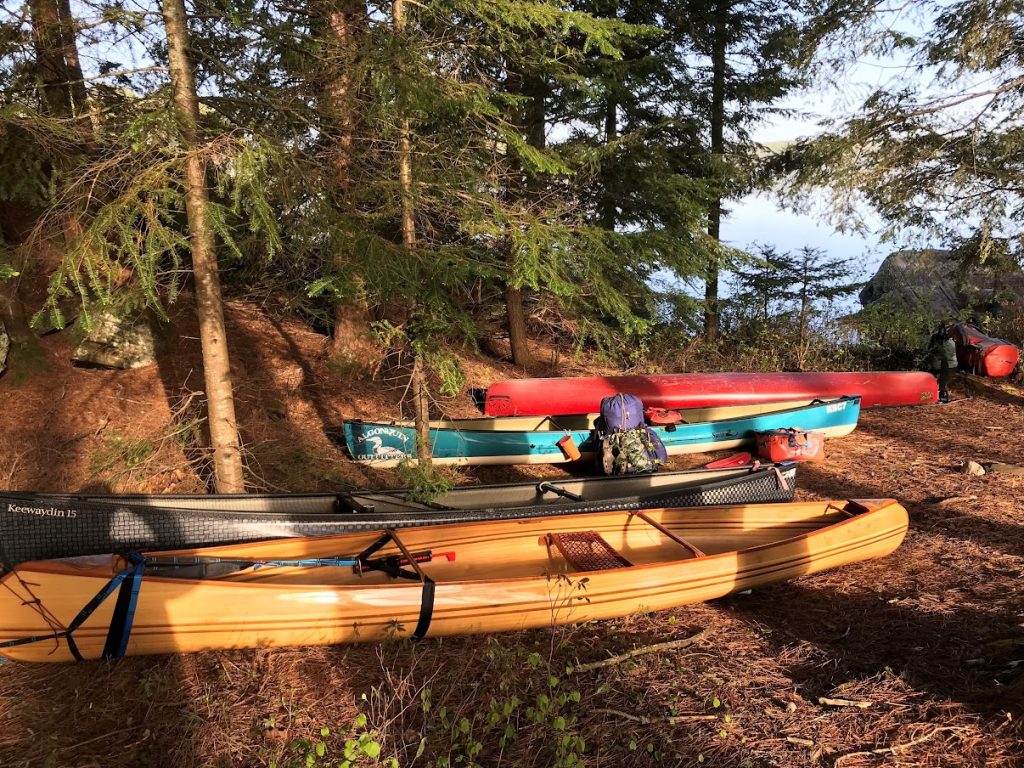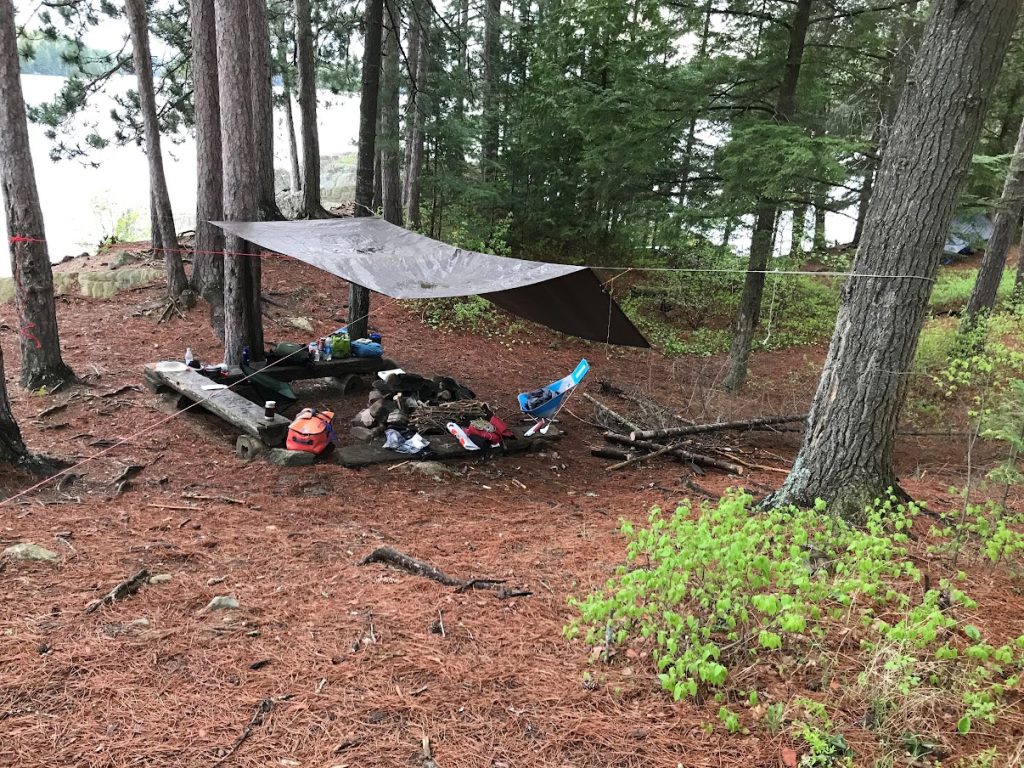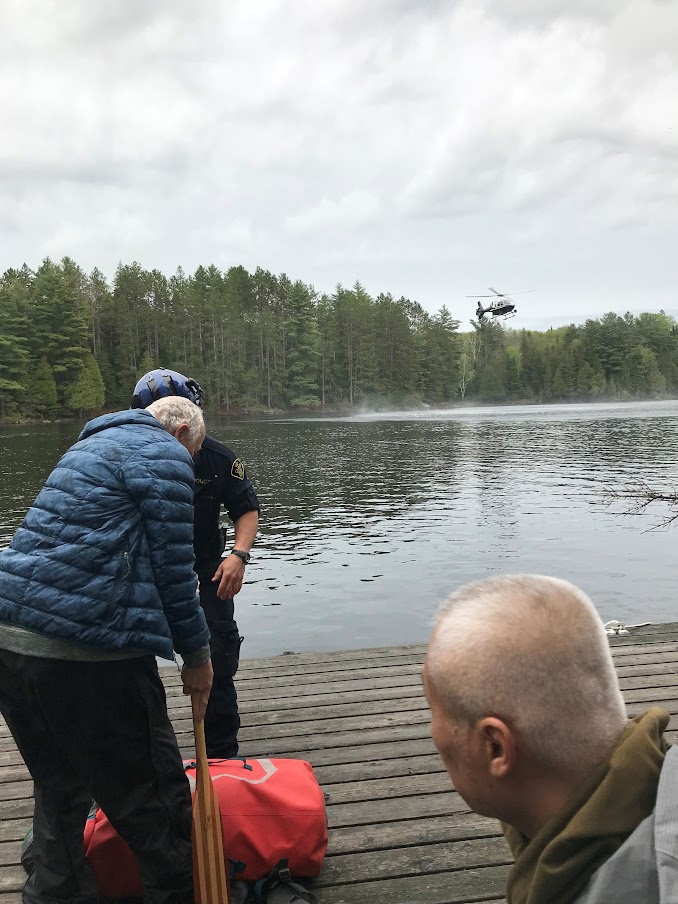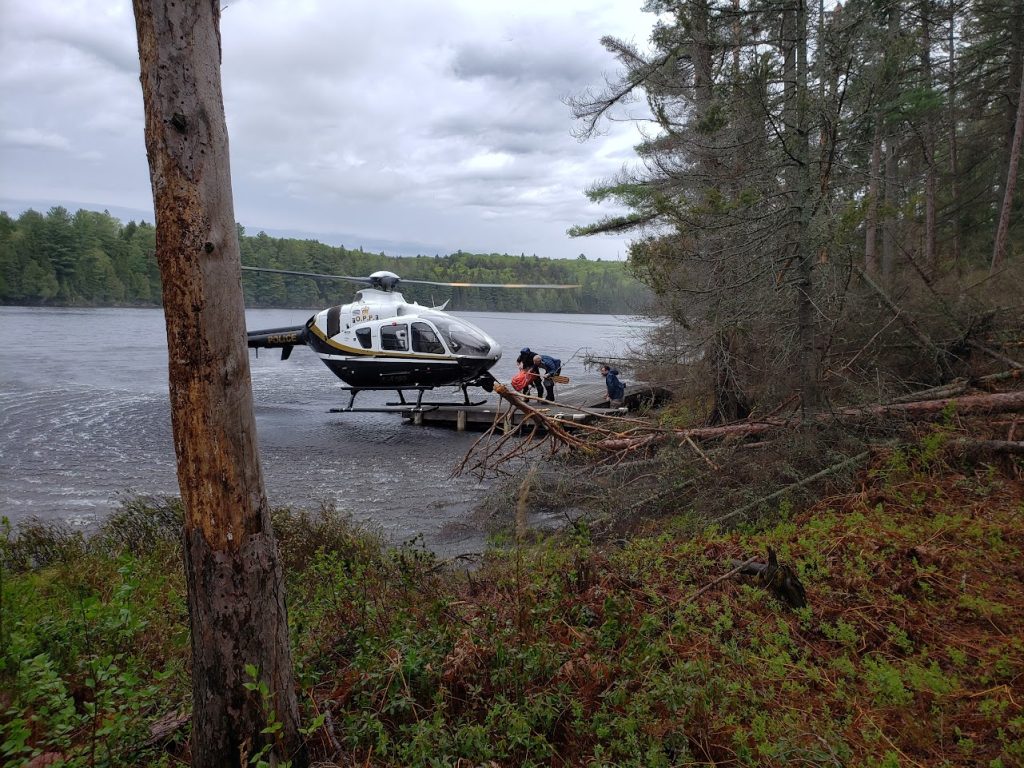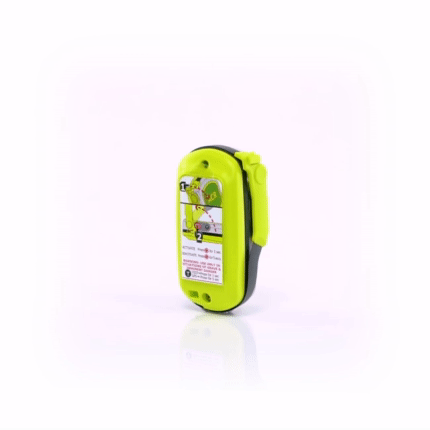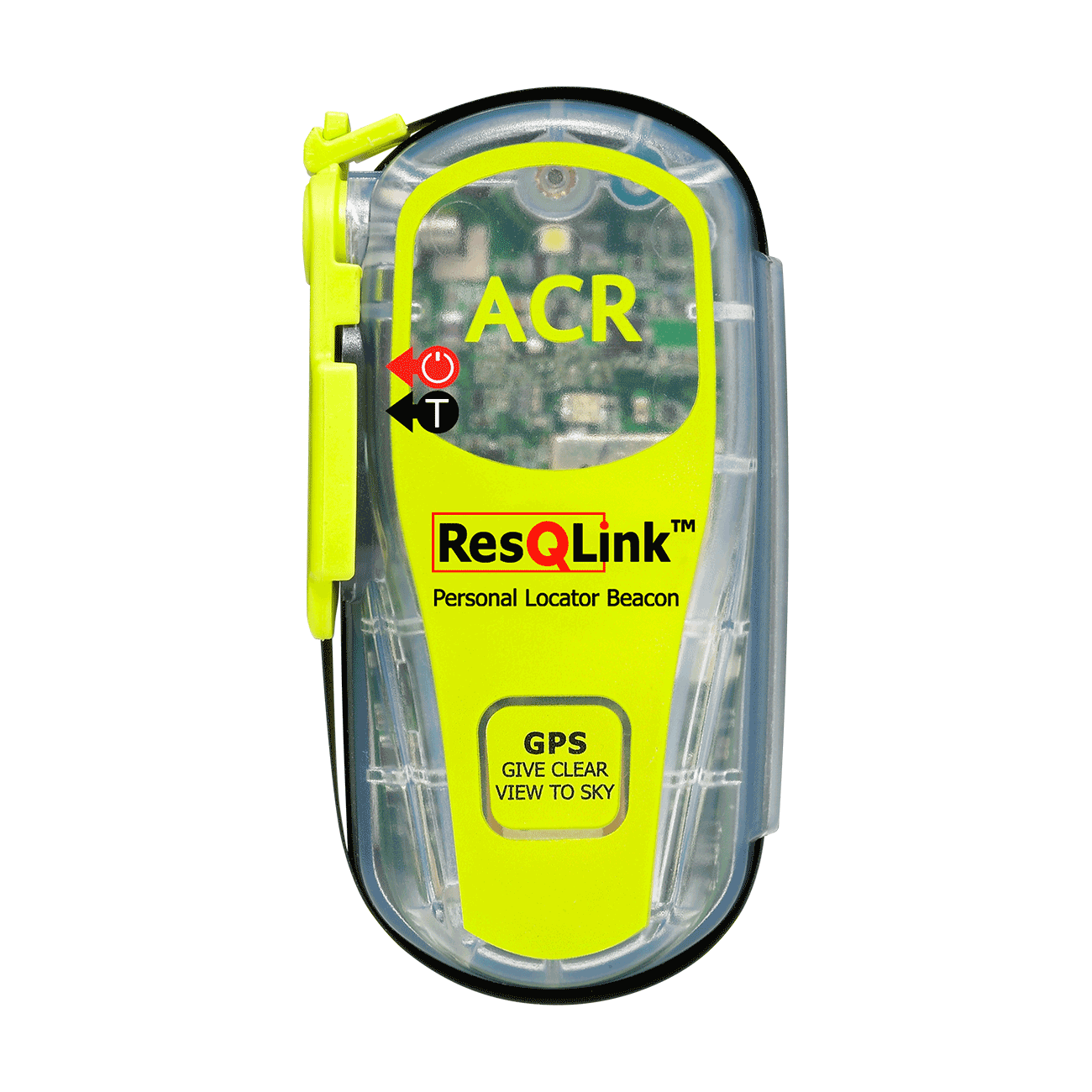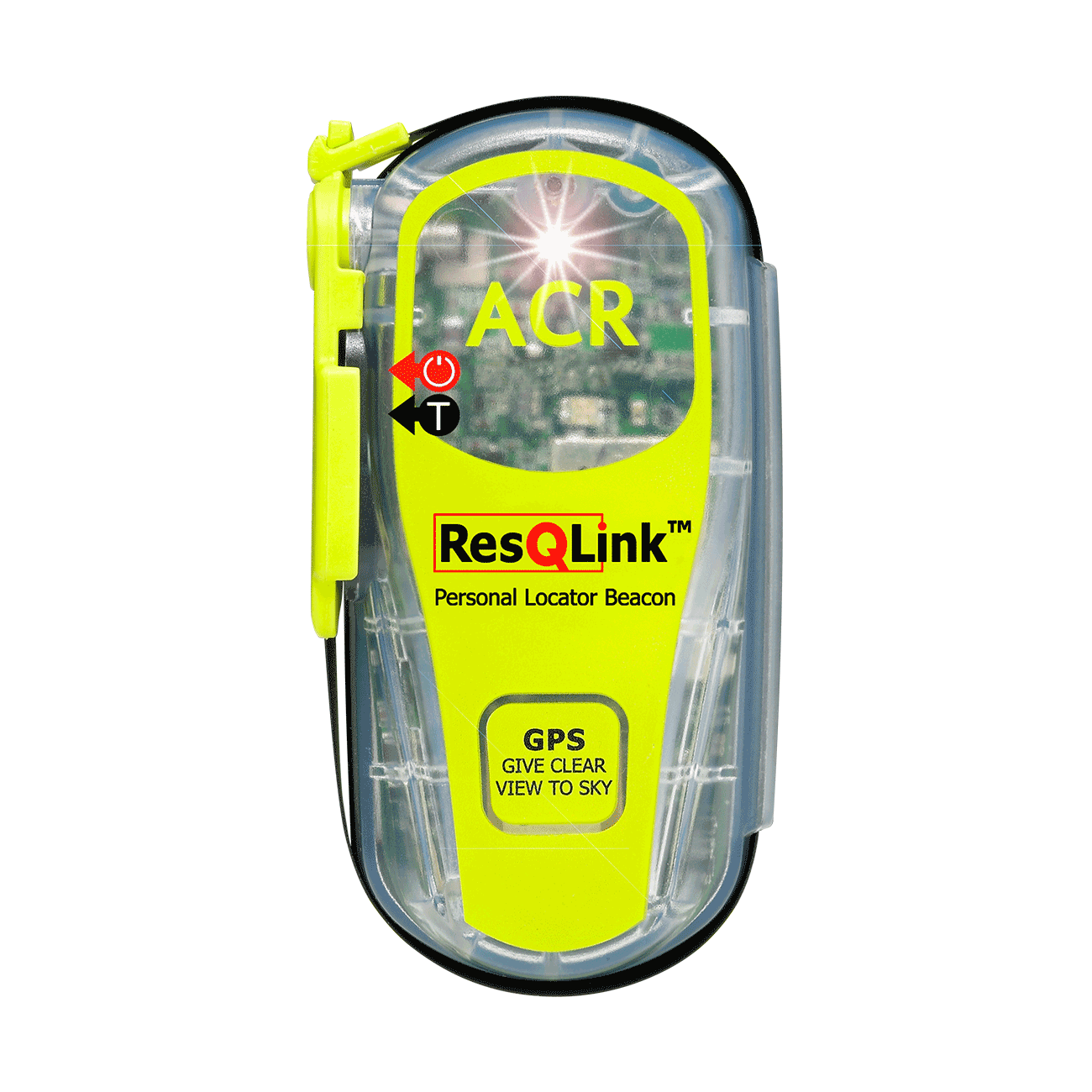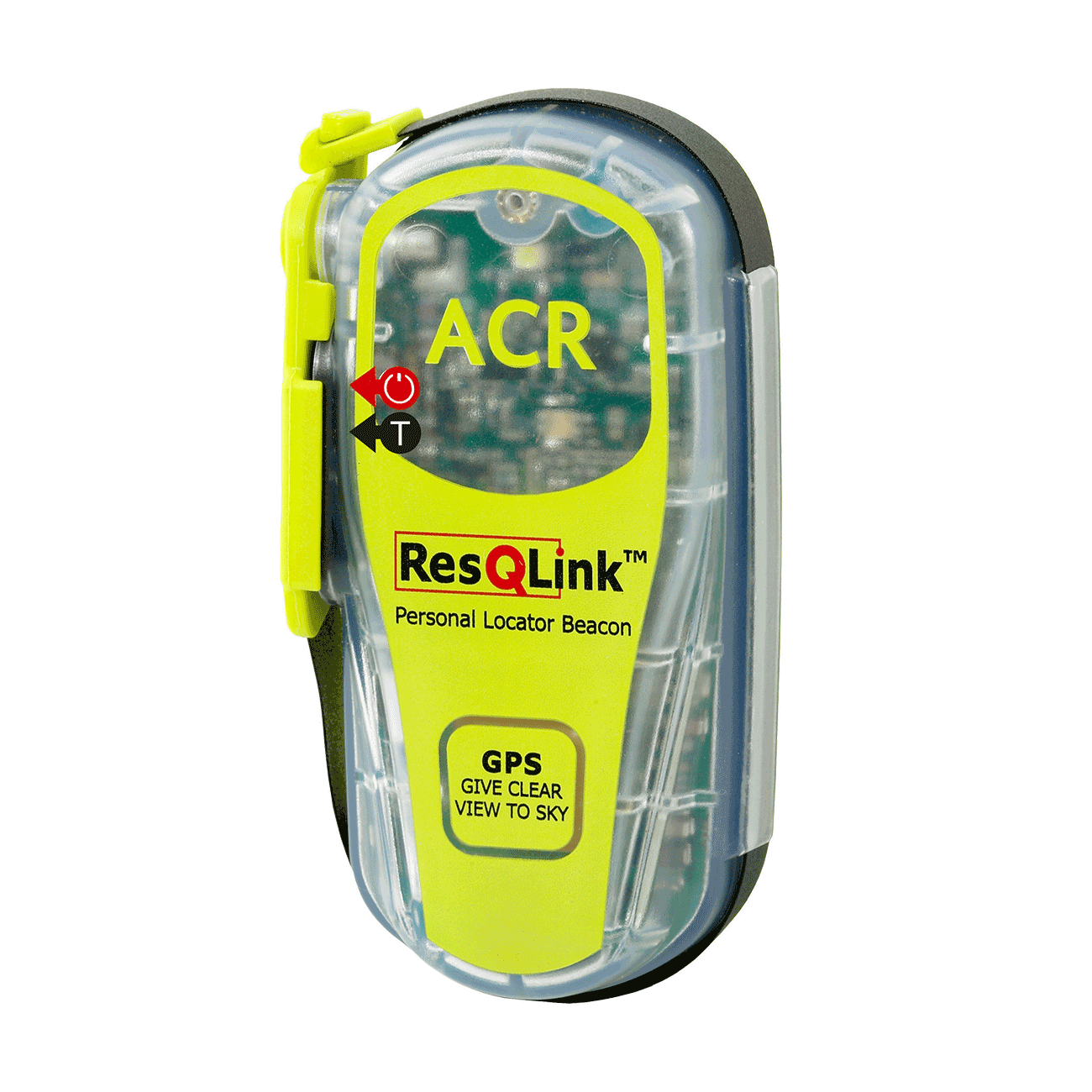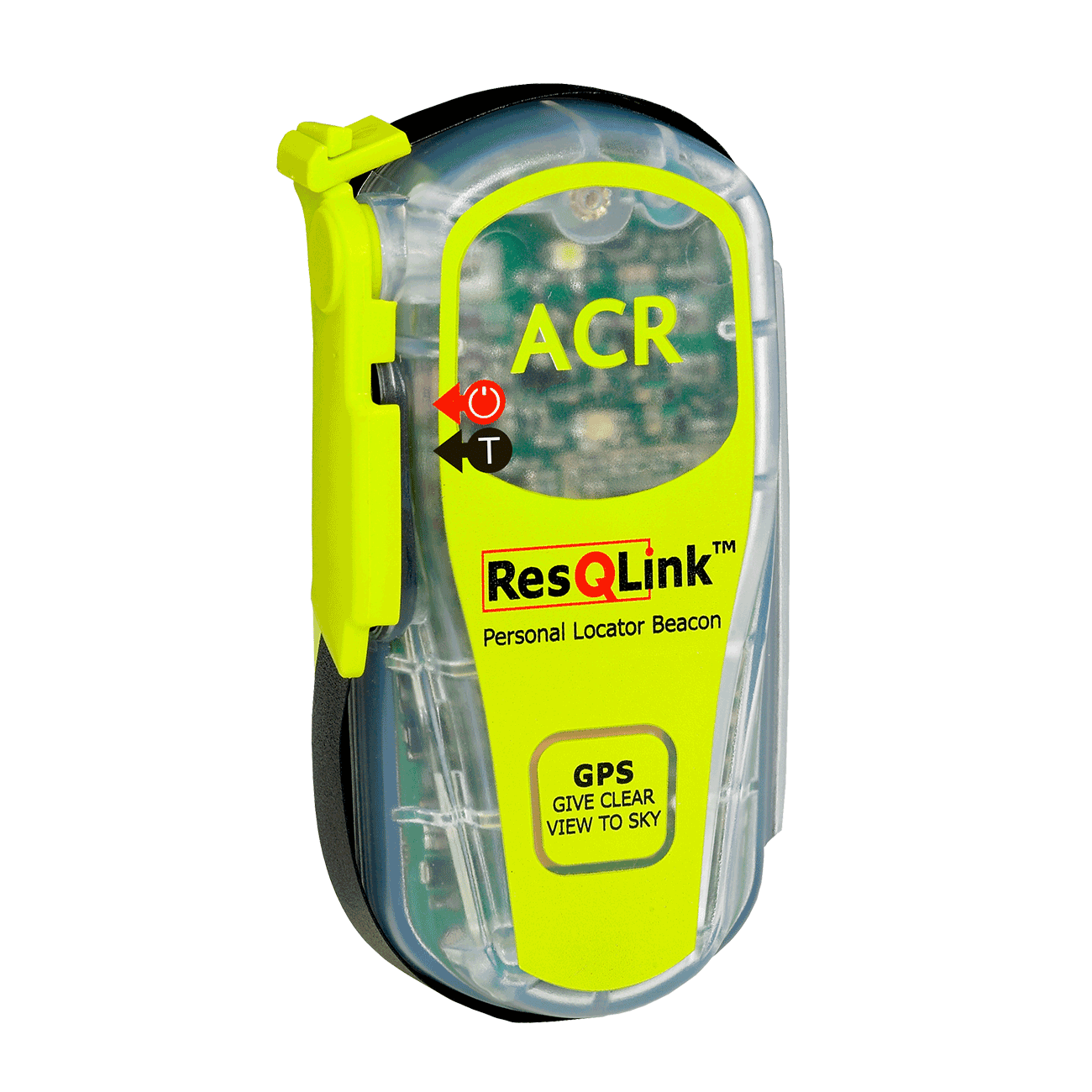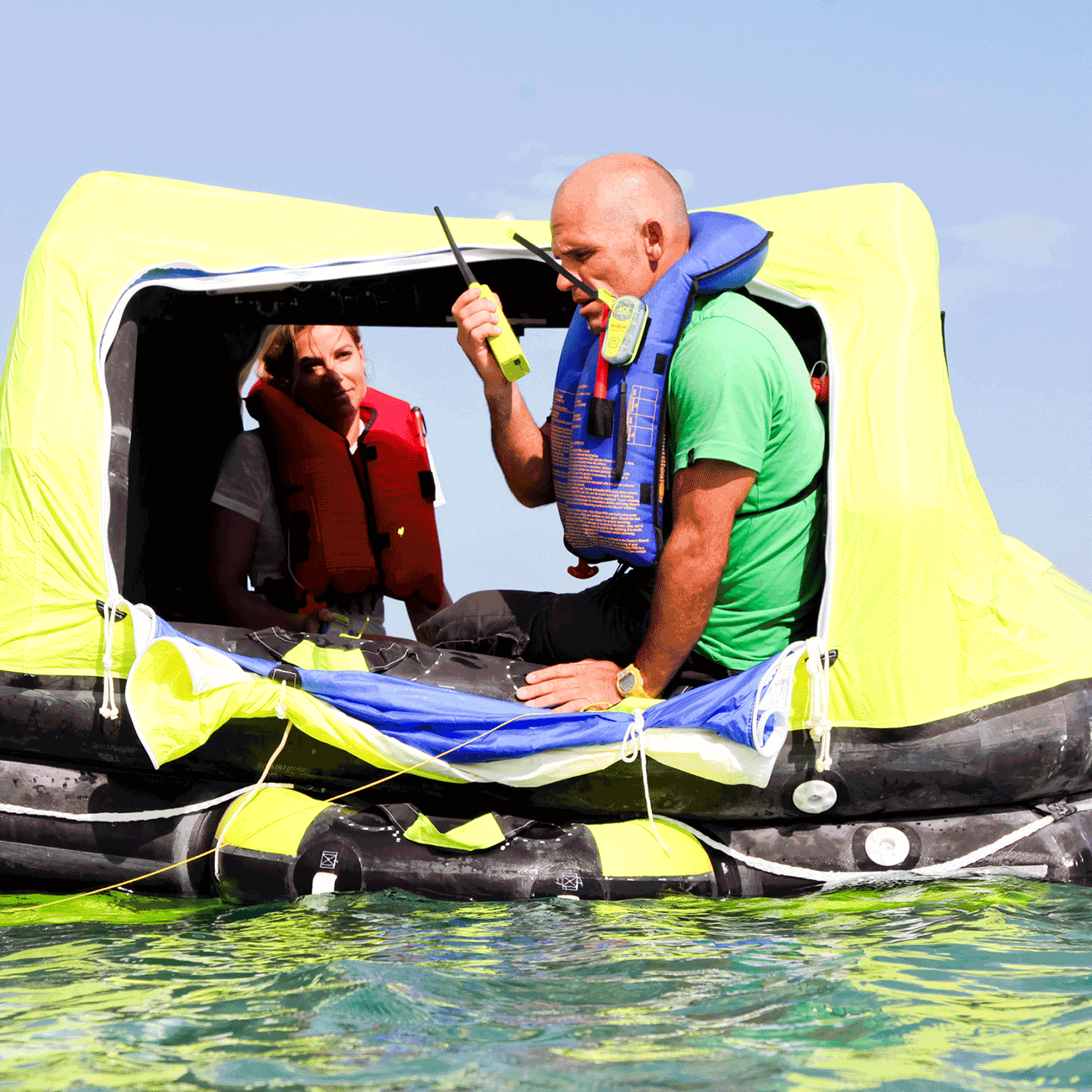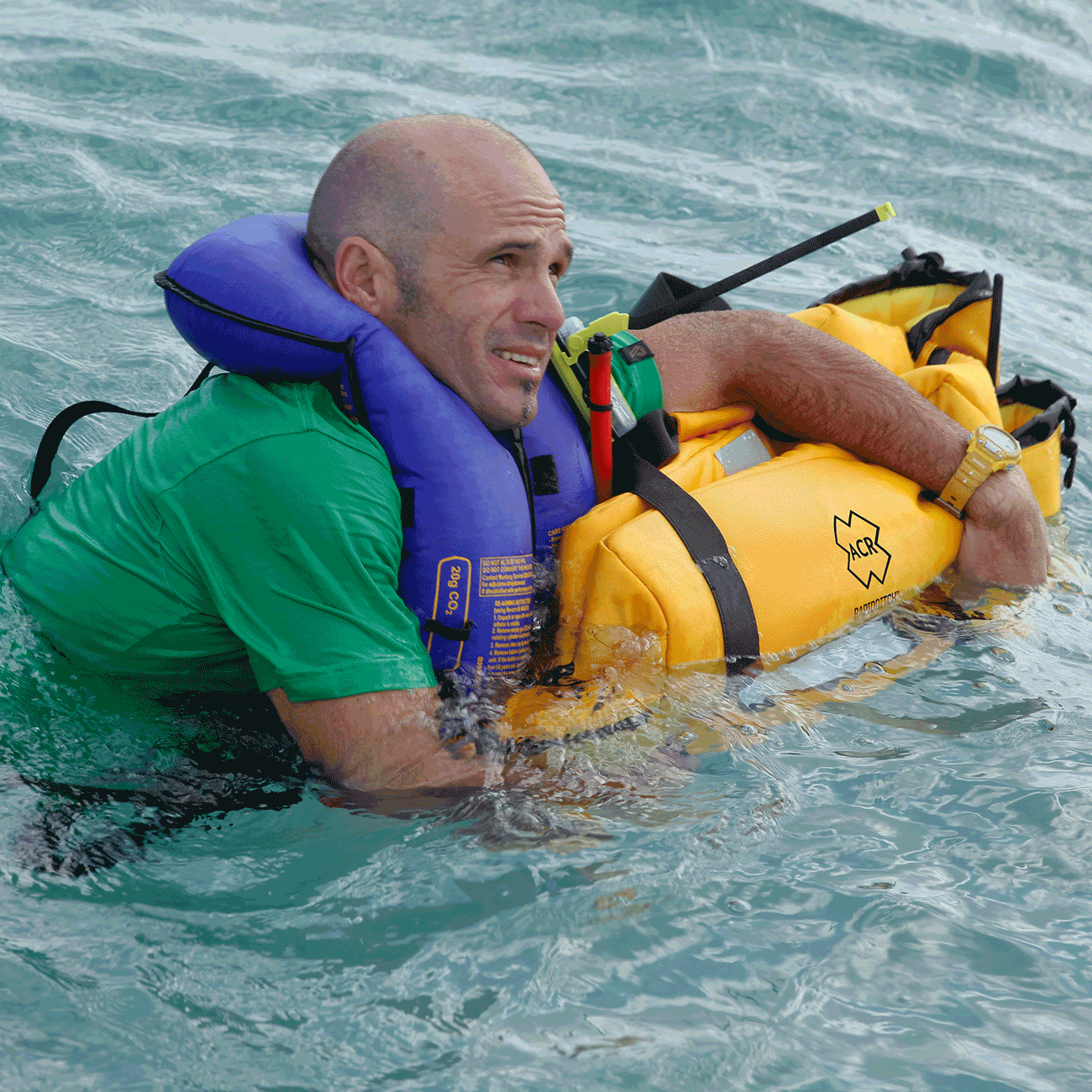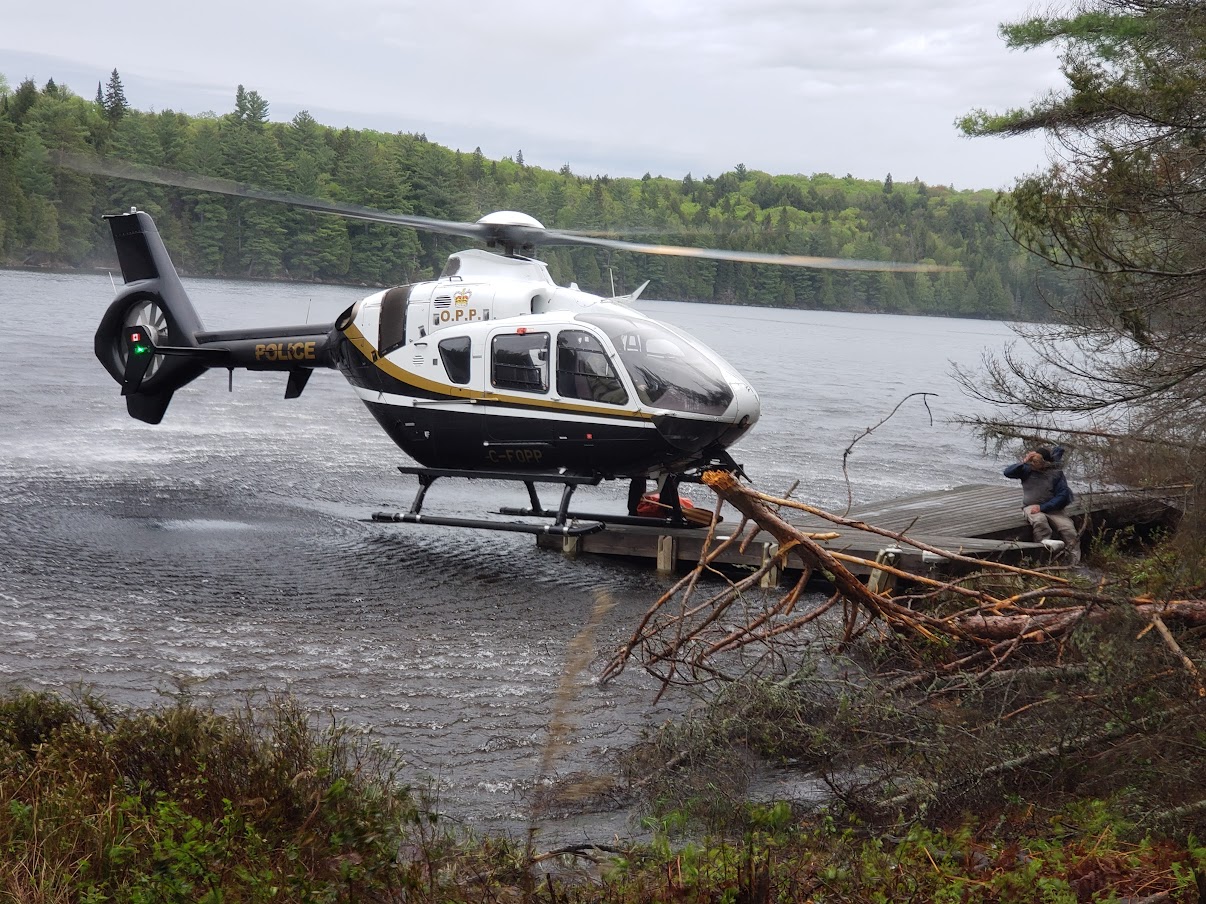
Lives saved
1

Boating

Hiking

Lake

Medical emergency

Thunder storm
ResQLink PLB Pulls Injured Camper from Island
55.7883° N°N, 105.1271° W°E
Posted on November 1, 2022 by Brian
What happened?
I purchased my ACR ResQLink PLB in the summer of 2018, for a trip to Quetico Provincial Park with my son (it’s quite a rugged/remote area and having a backup plan seemed a wise idea). I have carried that PLB on every trip since then; with the idea that if there were ever someone else that may need help at some point, it would be available. The PLB itself is small and weighs just about 146 grams.
For this trip, I updated all the contact information through the Canadian Beacon Registry and notified emergency contacts of my route and days of travel. I don’t usually travel solo, so I decided to make sure I had a backup plan in place.
The main group had left the Canoe Lake access point on that Friday (May 13th, 2022), and I was going to join them on Sunday at McIntosh Lake. This required a solo journey for the first leg of the trip; going through 7 lakes and 2 portages, including the 2400 meter portage into McIntosh Lake.
Other than being unseasonably warm, this first leg of my journey went mostly to plan, and I arrived at the long portage around noon, which took three hours and all of my water getting across. I spent an hour paddling to the campsite to join the others, and enjoyed a cool swim by supper time.
The next day (Monday) dawned hazy with the promise of rain. The day was planned easy, with two reasonable portages through McIntosh Marsh to Big Trout Lake.
As we approached the first portage (about 510 meters), a light rain started to fall, making the trail a bit muddy and rough towards the access at the other end; but was crossed without incident.
As we followed a small winding stream, the rain caused the forest around us to grow murky and slightly dangerous. Arriving at the next portage (745 meters), the ground was dotted with mud pits and rocks sloping downwards toward the marsh areas.
I have never mastered moving gear the portages in a single carry; and almost always complete it in two carries. The first time through is usually my gear bag and food bag, which allows me to get a feel for the portage before I bring the canoe on the second carry.
About this time, the temperature started dropping and the rain began in earnest.
The first across was fine and I memorized the path through a particularly nasty mud pit on a downhill section, about two-thirds of the way across the portage. On the second trip across, as I started to execute my memorized path, my right leg slipped on a large rock….. (Let’s just say I never want to hear those sounds again.)
I ended up laying in a puddle of cold, muddy water, looking down at a foot/ankle that shouldn’t bend that way; realizing just how much trouble I may be in. Just managing to hobble to the end of the portage, where the friends I was with were waiting for me. I couldn’t bear the weight and trying to walk with a paddle, as a crutch, was quite painful and impractical.
There was no question the beacon was going to be used, with 3.5k of portages ahead of us and 4k behind us, there was only the decision of “where” we would trigger. The marsh was not a practical place to wait for rescue, so it was decided to make our way through the marsh and use the beacon at the first campsite we could find. That campsite was about three and a half hours and 2 beaver dams away; the guys were pretty awesome, getting me and my gear over the dams.
Once we made it to the small island campsite, I dug out the PLB, activated it around 15:00 and one of my friends carried it to a clear area. Everyone stated setting up camp, got me situated under a tarp (the rain, by this point, hasn’t let up yet) and did a walk around the island. They found a small dock at the backside, which is pretty unusual in the back country. We assumed it had to do with a ranger cabin about a kilometer away.
At around 19:00 hours we heard the distinctive drone of a helicopter closing in on our island; they were making a beeline straight to us. They did a circle and it looked as though they had aborted a landing attempt near the dock at the backside. The chopper circled the island again and I figured they couldn’t land, but out of the bush, from the far side, an O.P.P. officer emerged and made for us to assess the situation.
Things moved quickly after that; he briefed us on how they planned to do the extraction. First they got me down to the dock, half crutch, half carry, while the chopper stayed out over the water. On the dock, he briefed me on what to expect and do when the chopper came back to hover at the dock. With the chopper beside us, I was assisted into the back seat and in seconds it seemed we were air born and headed to the hospital.
On the flight to the hospital, I was asking the officers about how hard it was finding me, they said the coordinated the ACR PLB transmitted were dead on and lead them straight to our campsite. At pickup, the PLB got tucked into my day-bag and several hours later in the ER, a nurse came in and asked if I had it and if I did, could I please turn it off, as it was still giving off a signal.
The other side of that button, of that call for help, is your own contacts/family/friends/etc. getting called that their dad is in trouble, who then notifies the rest of the family; and your wife receiving one of those calls at Disney World in Florida before you are on the other side getting rescued.
As far as the injury goes, it required a plate and some reconstructive surgery for the ligaments/tendons and recovery is going well. I was actually contemplating a late fall trip, but that idea was quickly banned by the entire family…. apparently they decided this adventure had been quite sufficient for this year.
Words of wisdom
The most important take away from this experience is that when you go off the beaten path, always, always, have an EVAC plan. I have carried that ACR PLB for years, because I figured someone else in my group may need help; never thinking it could be me needing the help. Now I know better, always have an EVAC Plan.
Thank you note
You don’t realize (at least I didn’t) the whole chain of actions that one activation starts. The whole emergency response system activates across multiple agencies, people calling to confirm contacts and issues, resources allocated to execute the rescue, follow-up to make sure contacts are okay. As the one being rescued, I saw officers coming to my aid in a bad situation and I am not ashamed to say I shed a tear of relief; but I have to say that the entire Emergency Response was impressive and I would thank every single one of them if that was possible.
Rescue location
McIntosh Lake, Ontario Canada
Rescue team
Local Search and Rescue
ResQLink™
Go to product detailsOut of stock
